Which is better: poplin or satin?
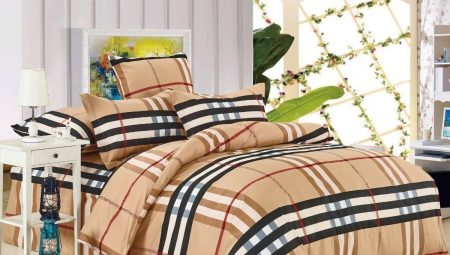
When buying bedding sets, any housewife wants to choose a quality product. Which fabric is better, poplin or satin? What is better and what is cheaper? Our material covers these and many other issues.
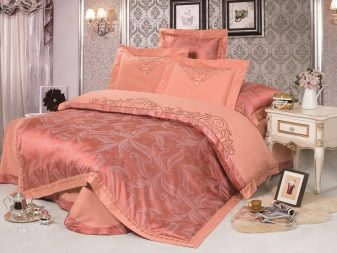

Poplin features
The very first poplin fabric was made from natural silk threads especially for the Pope. This is how its name was formed, because in Italian the word "papal" will be papalino, which in Russian transcription sounds like "poplin". All types of this fabric are made by the same weaving method - plain weaving, when the weft threads, which are twice as thick as the warp, cross the warp thread through one. Due to this, the poplin has a small transverse rib. The density of the poplin fabric is 90–120 threads per cm2. The color of the front and back side is matte.
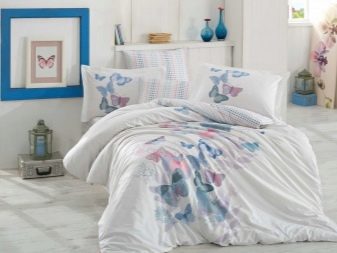
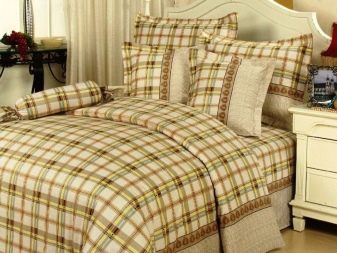
There are the following types of poplin.
- Silk - it is woven from silk and woolen threads.
- Cotton - they learned to make such a canvas much later. It is based on cotton threads of different thicknesses.
- Mixed look. Technological progress has made it possible to combine natural and artificial (synthetic) fabrics in fabrics.
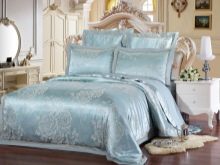

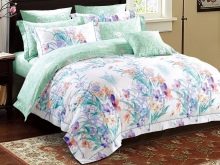
Poplin is produced in four different ways:
- bleached;
- multicolored;
- plain colored;
- with a printed pattern.
- Usually natural fabrics are bleached... For example, cotton has a brown color, which is very difficult to apply dye to. The last stage of bleaching is the soaking of the fabric in alkali. This gives additional strength to the fabric and increases its hygroscopicity.
- Multicolored fashion dyeing is that threads that already have color are intertwined. Of these, a checkered or striped pattern is formed.
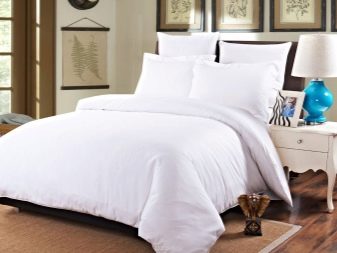
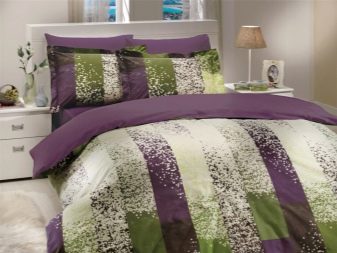
- Plain dyed fabric differs from the one described above in that the matter is painted in one color.
- A printed design is sometimes referred to as a printed design.... It is obtained when a pattern is applied to the finished fabric by fabric printing machines.
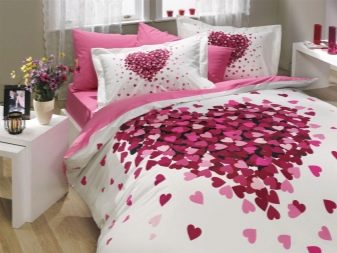
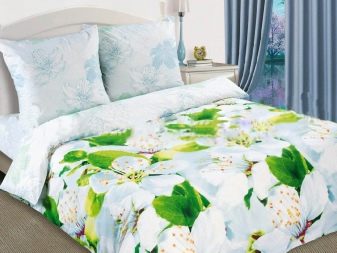
Unique properties of poplin
Poplin is a natural fabric, the properties of which are as follows.
- Hygroscopicity. The fabric absorbs moisture well, keeping it in.
- Good thermal conductivity. Sleeping on such bedding is warm in winter and cool in summer.
- High breathability. The material allows the skin to breathe.
- For the characteristics of bed linen, an important factor is what tactile sensations From him. Poplin provides a pleasant experience.
- Strength. Poplin products are resistant to deformation.
- Durability. Even with prolonged use and a large number of washes, such linen does not lose its color and structure.
- Hygiene. Poplin is a fabric that is easy to wash, pollutants do not linger in it. Its naturalness also matters.
- Hypoallergenic. Due to the widespread prevalence of allergies, this indicator is important. Poplin products rarely cause adverse reactions.


Poplin laundry care
Due to the high thread count per square centimeter, poplin is a wear-resistant material that can withstand 200-250 washes. It is recommended to wash the laundry at a water temperature of no more than 30 degrees before the first use. In the future, it is possible to wash in water up to 40 degrees. Turn the set inside out when washing, this allows you to better clean the seams.
It is not necessary to iron the laundry, as it keeps its shape well and practically does not wrinkle.
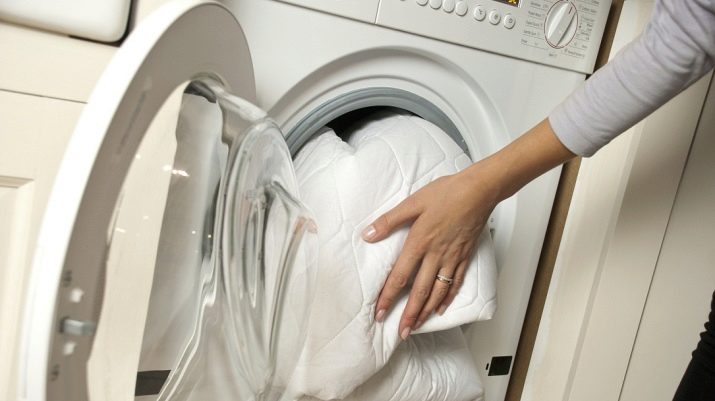
Features of satin
For the first time, satin was invented in China, back in the XII century. Initially, it was made exclusively from silk threads. The warp to weft ratio is 4: 1 or 6: 1. This means that the warp fabric covers 4 or 6 weft threads. Satin weaving includes the following features:
- twisted threads are used in the production of satin;
- the main thread is stronger and thicker than weft threads;
- weft threads predominate on the right side, on the seamy side - the main ones.
All this creates a unique fabric - smooth and silky on the front side, matte on the back.
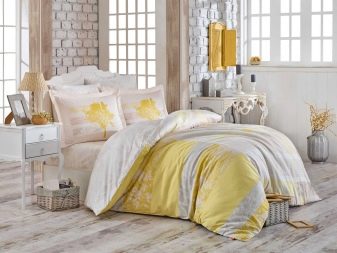
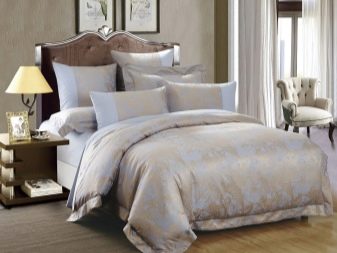
The secrets of satin fabrics in Europe were revealed only in the 17th century. Then the process of its manufacture was modernized, satin was produced from cotton fiber. Depending on the type of threads used in the manufacture of the canvas, there are:
- satin made from natural cotton;
- cotton fabric with the addition of polymer fibers;
- satin-double, which is woven from cotton and viscose;
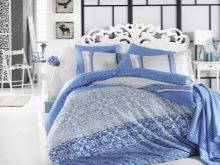
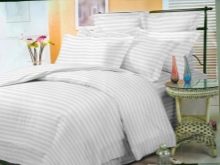
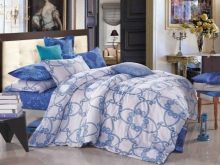
- satin satin made from silk and cotton fibers;
- crepe satin, differing from the previous type of fabric in that either natural or artificial silk is used.
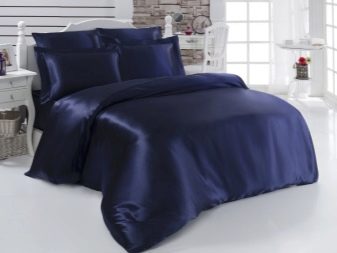
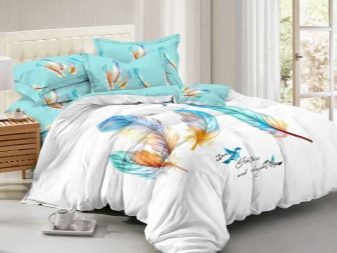
According to the method of drawing, satin fabric has several types.
- Plain satin, where the weave density is 90-130 threads per square centimeter. It is dyed using pigment printing.
- Printed contains from 130 to 170 threads per 1 cm2, the color of the fabric is created by dyed weaving fibers.
- Coupon satin, the density of which is approximately the same as that of the printed one. The difference between fabrics is created by the way of dyeing. The coupon satin has a hot print method. This allows you to create a pattern individually for each product.
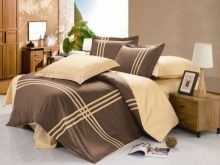
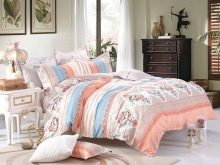

- Satin-jacquard has a weave of 1 sq. cm reaches up to 200 threads. Refers to expensive and elite fabrics, the face and back of which are equally beautiful, which is achieved by using a loom in the manufacture of this material.
- Mako satin also belongs to the elite and expensive materials. Its density reaches 250 per sq. see Composition - the finest fiber of Egyptian cotton. Due to this, the fabric is soft and light.
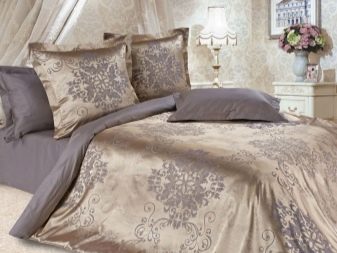

Satin properties
- Hygroscopicity. The fabric absorbs moisture and perspiration.
- Low thermal conductivity. The temperature is kept constant, which makes it possible not to freeze in winter.
- Strength and durability. Bed linen made of satin fabrics are resistant to deformation and constant washing.
- Holds its shape well and does not need ironing, this is especially pronounced in fabrics with the addition of artificial fibers.
- Hypoallergenic. This property is possessed by matter only from natural materials. If artificially synthesized fibers have been added to the fabric, this may cause undesirable reactions.
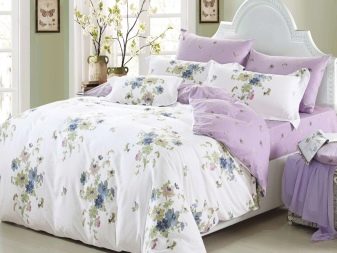
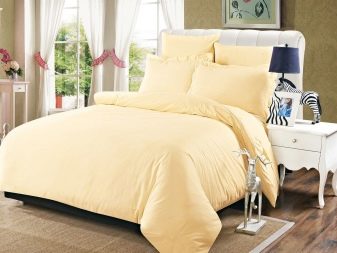
Caring for satin bed linen.
Before the first use, it is recommended to wash the products in lukewarm water. Then the washing temperature can be increased to 60 degrees. It is best if the laundry is turned inside out beforehand. Such linen should be ironed at a temperature not exceeding 90 degrees.
Jacquard fabrics are more demanding in their care. It is necessary to wash them in a delicate mode without spinning and in water not exceeding the temperature of the human body. Dry in the fresh air, without direct exposure to sunlight. Iron at a temperature of - 60 degrees.
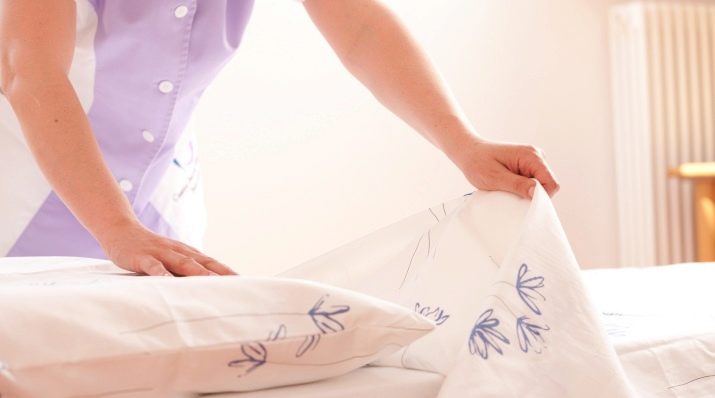
Polysatin - what kind of fabric?
The peculiarity of the fabric is that the weft thread predominates on the right side. This gives the material extra strength and a silky surface. The name polysatin combines the concepts of polyester fibers and satin weave. Distinguish between industrial, consisting of 100% polyester, and household (cotton and synthetic fibers in different proportions).
The main properties of household polysatin:
- high wear resistance;
- durability;
- resistance to deformation and shrinkage;
- relatively low price;
- unpretentious in care;
- a large number of color schemes;
- does not allow moisture and air to pass through.
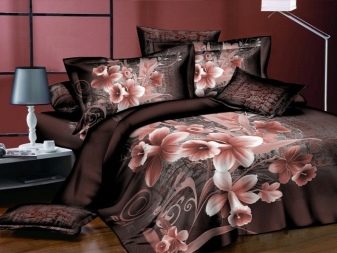
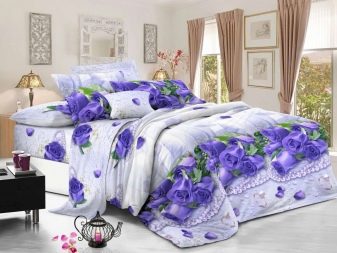
The main difference from satin fabrics is the lack of hygroscopicity and breathability. This leads to increased sweating. This fabric is not suitable for sewing clothes and may cause allergies.
Pills can form from this material with prolonged use of bed linen. Static electricity can build up in fabrics.
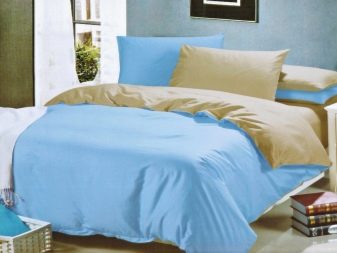
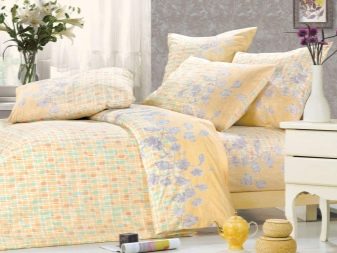
What common?
We found out the features of each fabric - both poplin and satin. Let us now consider what they have in common.
- The first thing that can be called - both of these fabrics are natural fabrics using cotton, so they will retain heat well, absorb moisture, and allow air to pass through.
- Easy to care for. Easy to wash and do not require ironing.
- Durability and wear resistance. Poplin bedding can withstand 200-240 washes, satin bedding - up to 300, while maintaining the shape and color of fabrics. Most importantly, no pellets form.
- Wide range of colors. With the modern level of printing, it is possible to paint the material in any shade and even make 3D printing.
- Neither poplin nor satin builds up static electricity.
- These fabrics are easy to cut and sew.
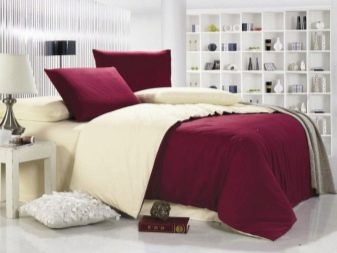

What is the difference?
Of course, we found many similarities between satin and poplin, but there is also a difference between them.
- Weaving threads. The interlacing of the warp and weft creates the characteristic features. Poplin is a lighter, matte, finely ribbed fabric. Satin, on the other hand, is smooth with a silky sheen.
- Density of materials. Satin fabric is denser than poplin. The number of threads per square centimeter for poplin is 90–120, which is much less than satin - from 130 for simple and up to 250 for jacquard.
- Due to the high density of weaving, satin fabric is considered stronger and more durable than poplin.
- The issue of price remains important. Satin, as a representative of satin (silk) weaving, undoubtedly costs much more than the highest quality poplin linen.
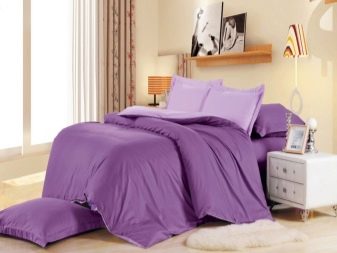
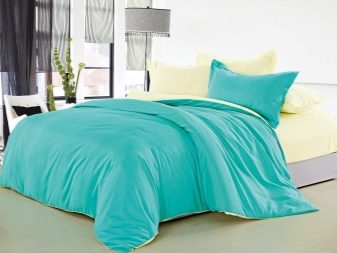
What is the best choice?
The choice of bed linen is very important in the life of every person, because it is known that we spend a third of our lives in a dream. The quality of the linen will determine how our sleep and health will be. Due to the developed weaving industry, the number of offers of bedding is enormous. Do not rush to make purchases, carefully study the available offers.

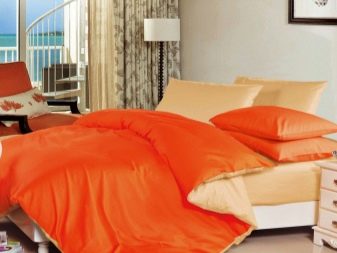
If you want soft, silky, durable and expensive looking bedding, then the choice is obvious - satin.
If, on the contrary, you prefer matte, delicate, in the middle price category, then the choice should undoubtedly fall on poplin.
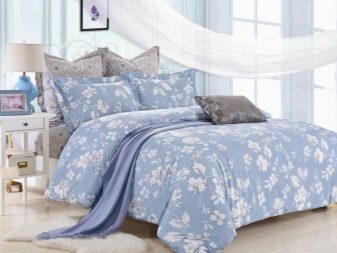

Customer Reviews
Customer reviews of poplin underwear are mostly positive. The hostesses note that in the middle price category, sets of this fabric meet the best expectations. They are well erased, do not deform, retain their color, and are very pleasant to the body and skin.
Satin linen is one of the elite. Customers like the smoothness and silkiness of the linen, its lightness, ease of care. The kits look chic and expensive. However, some consumers find it uncomfortable to sleep on slippery underwear. This is the only minus of the whole variety of pluses.
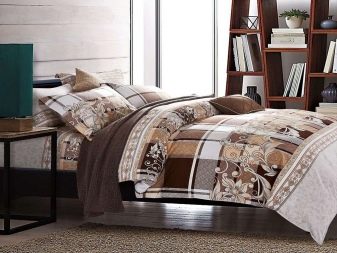
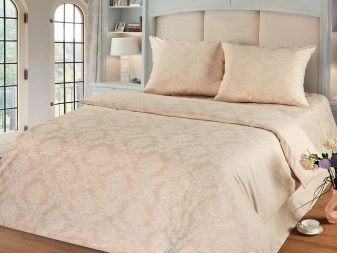
Which is better - poplin or satin, see the video below.








